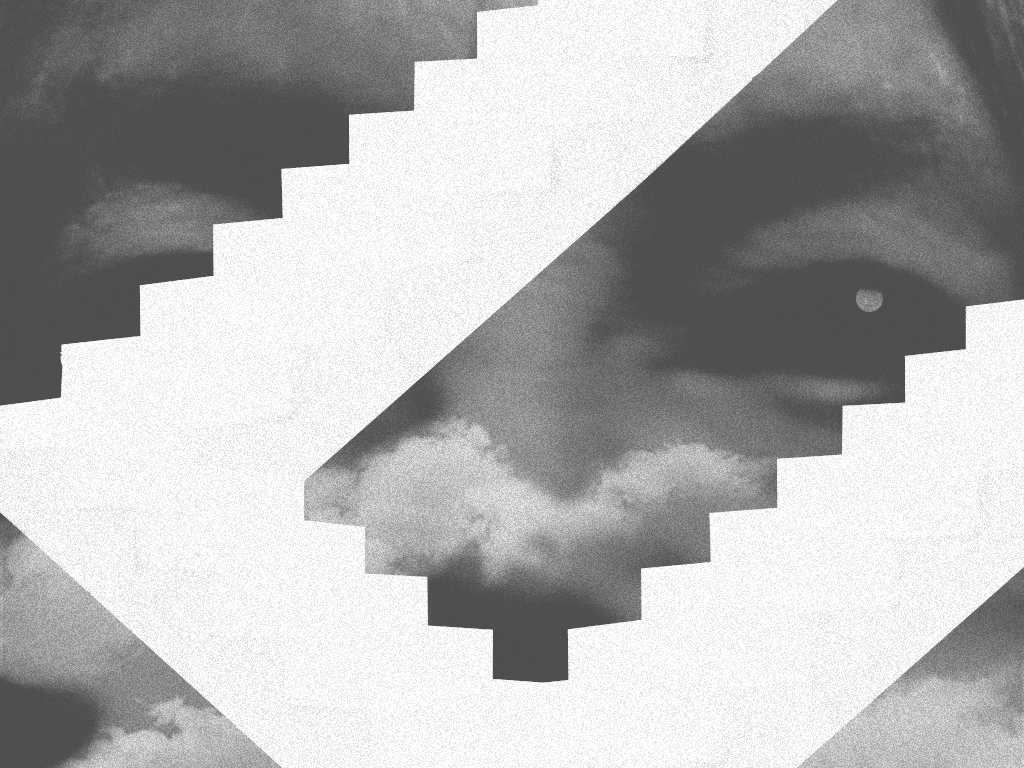
According to John Cage, “There is no such thing as an empty space or an empty time. There is always something to see, something to hear. In fact, try as we may to make a silence, we cannot.”
There are two things that I am passionate about: exercise and design. Design out of love. Exercise out duty and years of discipline. So, when I came to Taylor’s University, I found an apartment within walking distance and then when I discovered that my office was on the C9, I realized I had built in exercise. Also, the elevators are hot, crowded and SLOW.
So, contemplating Cage, I found his considerations to be so true and have attempted to include the idea in my daily life. We are surrounded by constant sounds but we have learned not to hear Them. I lived in Doha, Qatar for five years. I went to the desert often where I thought I would be likely to experience total silence. It is impossible. Though the desert might be quieter than most of the places we are familiar with in Malaysia, it is truly amazing that there are sounds all of the time—shifting sands, a bird call, distant motor, and even at night the low-level sounds continue.
So many sounds are around us and are impossible to even identify so I have attempted to use this in a positive way. For instance, if I am waiting for someone who is late and I am quite bored, I focus on sounds. First, yes, they serve as a distraction, but I learning to identify them becomes intriguing, and the time passes more quickly.
Visual culture is all around as well —sometimes wonderfully engaging and other times in need of further consideration. Climbing stairs offers time and multiple perspectives to contemplate these things, and here at Taylor’s you will find a wonderful mix of both nature and manmade. Have you noticed how plants and vines incorporate themselves within the concrete and metal structures. How the railings and various ducts are perches for birds. Despite all of the geometry, nature adds contrast, color and softens the edges.
So, I have taken this idea to make climbing the nine flights of stairs more interesting. I learned very early on, that the lifts are slow and are often crowded, and always hot. I see people hovering in front of the lifts. They have pushed the buttons and both lights are on but the lift is likely to take several minutes. They willing wait and see nothing (well, often their phones.) Alternatively, I walk pass them and begin to ascend the stairs. There are many benefits.
I don’t have to wait.
I am burning up calories.
I am getting much needed exercise.
I can look around. Sometimes I notice the textured treads on the stairs. Other times I look at the sky or the details of the ceiling or the way each floor has different sounds, different views.
I can focus on sounds and notice how they vary each day.
All of this is so much more absorbing than huddling with others in a noisy, sweaty compartment.
I have the freedom to go at whatever pace suits me which is often determined by what I am carrying or what shoes I am wearing.
I walk to campus and usually arrive on C2. That is the level that has the most foot traffic and is open to the major walkway in the university, so usually active sounds and human voices. After doing this for over a year, I notice a variation of pitches and tempos.
I begin walking up the steps. Each one of my steps makes a different kind of sound depending upon what shoes I am wearing. My sandals tend to be softer, scratchier than my boots which have a heavier, scuffing sound.
Mostly though I am noticing what I will find as I approach each level. Either I can play a game where I can anticipate what sound I will be hearing or just allow myself to experience the sound as new. I go past the large words painted in the library. Silence on one floor and then Quiet on the next. One sign indicates examination—be quiet. I wonder, is this always so? Or simply the sign was never removed. Obviously, weather will affect the sounds but most mornings in particular are not rainy and are likely to have a lot of activity due to the arrival of students and staff. And then I can critique the typography i.e. place, size, colour, letter spacing.
There are lots of industrial sounds: motors and fans. The pitch changes as does volume as I make my climb. There are often bird sounds around level six. Seems there are places that the birds are landing or even have nests. In addition, I find various principles of design: alignment, perspective, rhythm, texture, contrast, etc. I can play with these each time or seek out new ones and consider how they change with time of day, weather, day of the week etc. the number of other people using the stairs; always the sounds of the lifts moving up and down or the beeps indicating arrival of the lift, etc.
Try it. I guarantee you won’t even think about how far you have come or how far you have to go but will enjoy the short time in which you not only have had a bit exercise but are now more tuned into the sensations all around. And another benefit here at Taylor’s, you can change colours by going to different blocks. Some days when I go to class on E1, I take the stairs on C for a few levels (all yellow), then cross over to D to get a splash of orange for a few floors and then across to E to yet another colour.
And more than likely, you will beat the elevator.

